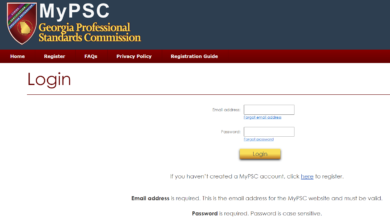Common Cybersecurity Mistakes That Leave Your Business at Risk

Cybersecurity isn’t just about firewalls and antivirus software. It’s about making sure every part of your system is working together to protect your data, your people, and your reputation. Unfortunately, many businesses, especially small to mid-sized ones, leave themselves exposed without even realizing it. From outdated software to weak passwords, even small oversights can open the door to major threats. Cybercriminals look for the easiest targets, and they often find them in the simplest mistakes. If you want to avoid becoming the next headline, start by fixing the most common errors that companies make every day.
Ignoring Software Updates and Patches
One of the easiest ways to invite trouble is by skipping software updates. These patches often fix known vulnerabilities: flaws that hackers are already trying to exploit. Whether it’s your operating system, email platform, or that little app your team uses once a week, keeping everything up to date matters. Yet many companies delay updates because they’re worried about downtime or compatibility issues. The risk of breaking something is real, but the risk of being hacked is much higher. Updating may not be exciting, but it’s one of the simplest, smartest defenses you have.
Using the Same Passwords (or Weak Ones)
Passwords are still a frontline defense, but too many businesses treat them like an afterthought. Employees often reuse the same password across multiple tools, or worse, use something simple like “Welcome123.” If a hacker cracks one login, they may suddenly have access to your entire system. The fix? Require strong, unique passwords and use a password manager to keep them organized. Two-factor authentication should also be a default, not an option. You don’t have to make things difficult, just smarter. Good password habits go a long way in shutting down easy wins for attackers.
Assuming Your Antivirus Software Is Enough
Basic antivirus software is helpful, but it’s not a full security strategy. Cyber threats have evolved far beyond simple viruses. Ransomware, phishing scams, and zero-day attacks are just a few examples of what businesses face today. Relying only on antivirus is like locking the front door while leaving the windows open. That’s why many companies also work with managed detection and response providers to get 24/7 monitoring and expert help when something suspicious shows up. These teams help catch threats that traditional tools miss, and give businesses peace of mind that someone’s always watching their back.
Forgetting to Train Employees Regularly
Employees can be your strongest defense, or your biggest weakness. Most cyberattacks start with human error, like clicking on a bad link or falling for a fake invoice. Yet many companies train staff once, maybe during onboarding, and never revisit the topic. Cybersecurity training should be ongoing. Teach people how to spot phishing emails, what to do if something feels off, and why locking their screens matters. Real-world examples and quick refreshers help these lessons stick. When employees understand how attacks happen, they’re more likely to prevent them from happening at all.
Skipping Backups or Storing Them Incorrectly
Backups are your safety net, but they only work if they’re current and stored safely. Some businesses forget to schedule them regularly, or worse, keep them on the same system they’re trying to protect. If ransomware hits, local backups can be encrypted too. The better option? Back up your data frequently and store copies offsite or in the cloud with secure access. Test them now and then to make sure they actually work. A good backup strategy won’t stop an attack, but it can make recovering from one much faster, cheaper, and less stressful.




